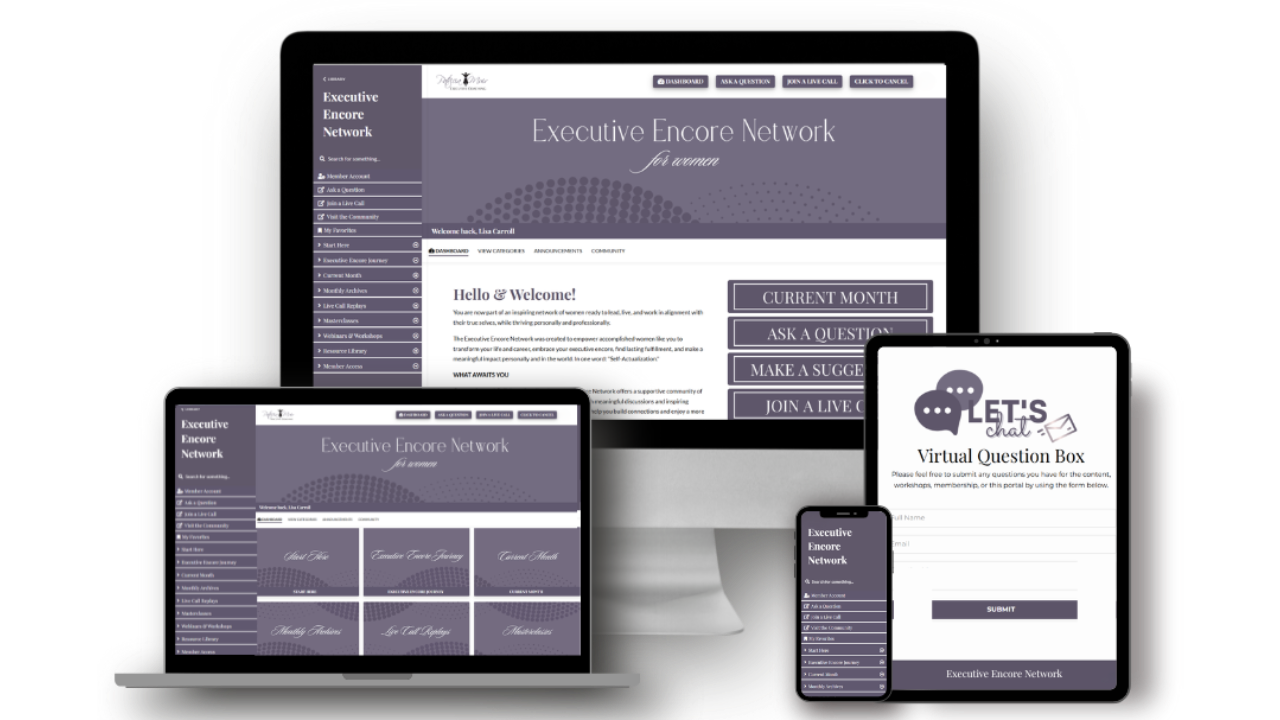
Your Star Performers May Be Trapped
Jun 29, 2016While mentoring young women in a leadership and social action program over the past year, I observed several high-achievers transform into Star Performers. They were the quiet ones….just waiting for someone to recognize their potential and for the opportunity to shine. Quiet high-achievers have so much to contribute. However, often anxiety about their performance keeps them small and invisible. Identifying these high-achievers, understanding the traps that hold them back, and then implementing personal development and leadership plans are keys to developing them into Star Performers.

The Girls for Safer Communities program empowered this group of young women to challenge the traps that often hold high-achievers back. Over the year, through self-assessment, purpose-driven team action, and mentoring, they gained confidence in their personal power and strengthened their voice within their community. I was inspired and grateful for the opportunity to watch them as they ventured onto centre-stage.
Similarly, when working with business owners and executives, I notice the quiet high-achievers. Many have the potential to become Star Performers and yet are being held back by behaviours that become traps. I am inspired when a high-achiever commits to a personal development and leadership plan that acknowledges the strengths and helps address the traps of high-achievers. I receive an enormous source of satisfaction when these quiet high-achievers take their rightful place as Star Performers at centre-stage.
Investing in Developing Star Performers
More and more clients acknowledge that on-going investment in developing Star Performers delivers significant returns to their top-line business growth and reflects (quietly) on their bottom-line profit. Do you have Star Performers ready to step out to centre-stage? A development and leadership plan that includes Emotional Intelligence is a wise investment. 80% of workplace success is attributed to Emotional Intelligence ("Star Performer Study" by Hay/McBer).
8 Typical Behaviours of High-achievers - Watch for the Traps
Your high-achievers may exhibit several or all of the following eight typical behaviours that can spur personal and professional growth, but can also be traps that hold them back.
- Driven: Think of employees who are driven to achieve their own personal and professional goals and your organization’s goals. Nothing gets in the way of their goals. The trap is that they become so caught up in goals that relationships get pushed aside and they miss the opportunities to contribute to what is most important in the present.
- Doers: They do it well; they do it quickly. However, because nobody can do it as well or as quickly as they can, they may appear bossy, alienate co-workers, or drift into poor delegation, micromanagement, and solitary overwhelm.
- Highly motivated: They take goals and achievement seriously. The trap is that they fail to see the difference between urgency and importance. They overlook what’s really important about the experience – personal development, relationships, and other elements that give them a source of satisfaction at work. This can lead to burnout and dropout.
- Crave positive feedback: They are, simply, addicted. They care how others perceive them and their accomplishments. However, they tend to obsess over criticism, take it personal, and become immobilized. They often ignore positive feedback and hence, miss opportunities to build on their strengths.
- Competitive: They may not appear to be competitive at all. They possess a quiet competitive nature that contributes to growth if they are encouraged by effective leader to compete in a healthy, productive way. The dark side of the high-achiever competitive style is that they obsessively compare themselves to others leading to a chronic sense of not being good enough and acute unhappiness.
- Passionate about their successes: They feed on the highs of their successes – but, again, quietly. Their passion is often bubbling up with high highs and crippling lows. Subjected to crippling lows, they fall into the trap of giving more attention to what’s lacking (the negative), rather than what’s right (the positive).
- Safe risk-takers: They won’t cause you to go grey with the risks they take. However, because they are so passionate about success, they shy away from risk. They won’t stray far from their comfort zone in order to grow which really puts a damper on what they could achieve if risk was reframed.
- Conscientious: They won’t let you down. On the flip side, they are guilt-ridden. No matter how much they accomplish, they believe it’s never enough. Their need to have and do more is insatiable. This need will drain their energy. As they complete one milestone, they are onto the next. No pause to fully appreciate the joy of achievement.
Questions to Ponder:
- Do you recognize the quiet high-achievers in your organization who could venture out to centre-stage?
- How are these traps showing up and holding them back?
- What could these high-achievers contribute to your organization if you empowered them to step out and leave their comfort zone?
Call to Action:
- How you can provide opportunities for your quiet high-achievers and empower them to become Star Performers or even Rock Stars. They would certainly make you look good and they would enjoy their work much more.
8 Behaviours of high-achievers based on “The Paradox of Excellence” (HBR, June 2011) by Thomas J. DeLong and his daughter, Sara DeLong.
The Girls for Safer Communities (GFSC) is a program activity which aims to increase awareness about safety concerns of girls and women while mobilizing girls to become leaders in their communities. Pathfinders and Rangers receive leadership and safety training that prepares them to lead their peers or younger Units or community members on group safety audit walks to identify safety concerns in their communities. Girls go on to work with members of the community to make recommendations and create action plans that will improve safety.
Next Steps
You don’t need to navigate your Executive Encore alone. Discover a better way to take charge of your experience.
- Schedule a 30-Minute Complimentary Executive Encore Call.
Ready to elevate your encore chapter?
- Join the Executive Encore Network for Women, a membership and community of supportive women ready to inspire and uplift. Subscribe to the Sunday Encore to begin your Executive Encore Journey and register for the next Tour to learn more.


